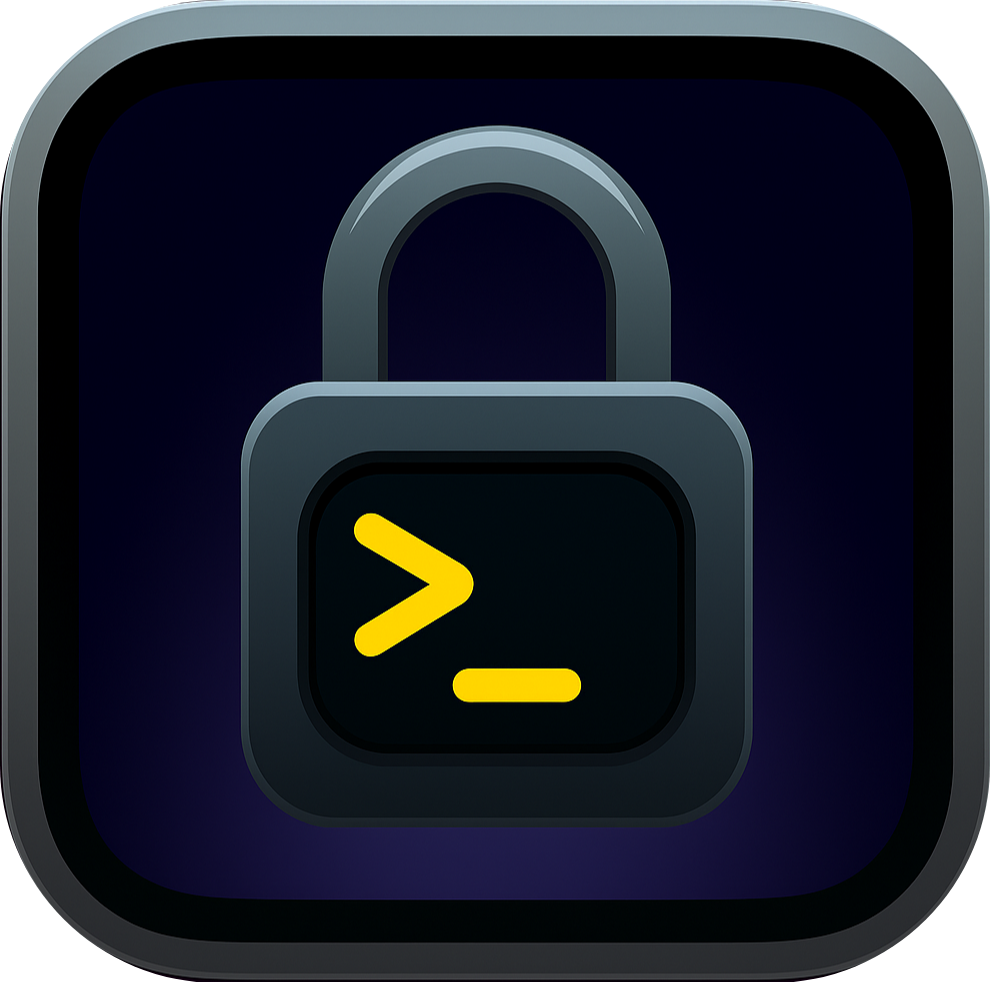Product Introduction
- The Proximity Lock System is a Python-based command-line interface (CLI) tool designed to automatically lock a computer when a paired Bluetooth device, such as a smartphone, moves out of detectable range. It operates by continuously scanning for nearby Bluetooth devices and triggering a system lock when the designated device is no longer detected. This ensures that unauthorized users cannot access the system when the owner is physically away from the workstation.
- The core value of the Proximity Lock System lies in its ability to enhance security through automation, eliminating the need for manual locking while maintaining minimal user intervention. By leveraging Bluetooth proximity detection, it provides a seamless and reliable method to safeguard sensitive data on unattended devices.
Main Features
- The system performs real-time Bluetooth device monitoring, scanning for nearby devices at regular intervals to detect the presence or absence of the paired device. It uses the
pybluezlibrary to interface with Bluetooth hardware and validate device connectivity. - Automatic system locking is triggered when the paired device remains out of range for a predefined duration, utilizing platform-specific locking mechanisms (e.g.,
gnome-screensaver-commandfor Linux or native APIs for Windows). Users receive audible or visual alerts before the lock engages. - A pause mode halts further scans for a configurable period after locking to prevent redundant checks, reducing CPU usage and Bluetooth module strain. This feature can be customized via command-line arguments or configuration files.
Problems Solved
- The product addresses the risk of unauthorized access to computers left unattended in public or shared workspaces, which often leads to data breaches or privacy violations. Manual locking is error-prone and frequently overlooked in fast-paced environments.
- It targets professionals working in open offices, remote workers in public spaces, and security-conscious users who require hands-free protection for their devices. Developers and sysadmins benefit from its CLI-centric design for integration into automated workflows.
- Typical scenarios include locking a workstation when stepping away for meetings, securing a shared kiosk device when users move beyond a designated area, or preventing access to sensitive systems during short breaks without repeated manual input.
Unique Advantages
- Unlike GUI-based alternatives, the Proximity Lock System prioritizes lightweight operation and scriptability, making it suitable for headless servers or systems with minimal resource allocation. It does not require proprietary hardware, relying solely on existing Bluetooth capabilities.
- The tool innovates with configurable scan intervals, auto-pause functionality, and cross-platform compatibility (Linux/Windows/macOS), which are absent in many open-source alternatives. Future updates will introduce config-file-based MAC address storage for zero-setup relaunches.
- Competitive advantages include a low-latency response time (under 5 seconds for device loss detection), open-source customization, and compatibility with Raspberry Pi or IoT devices for extended use cases like smart home security integration.
Frequently Asked Questions (FAQ)
- What operating systems does the Proximity Lock System support? The tool currently supports Linux distributions with BlueZ stack integration and partial Windows compatibility via Python’s
ctypeslibrary; macOS support is experimental and requires additional permissions for Bluetooth access. - Can I use multiple devices for proximity locking? The initial release supports single-device pairing, but future versions will allow whitelisting multiple MAC addresses and custom priority rules for device-based triggers.
- How do I adjust the detection range or sensitivity? Range is hardware-dependent, but users can modify scan intervals (default: 10 seconds) and the number of consecutive missed scans (default: 3) before locking via command-line flags or configuration files.
- Does the tool store my Bluetooth device’s data securely? The MAC address of the paired device is stored locally in plaintext during setup; upcoming releases will encrypt this data using platform-specific keychains.
- What happens if my Bluetooth adapter disconnects unexpectedly? The system includes error handling for adapter failures, logging issues to a local file and retrying scans automatically after a 30-second delay to prevent false positives.
